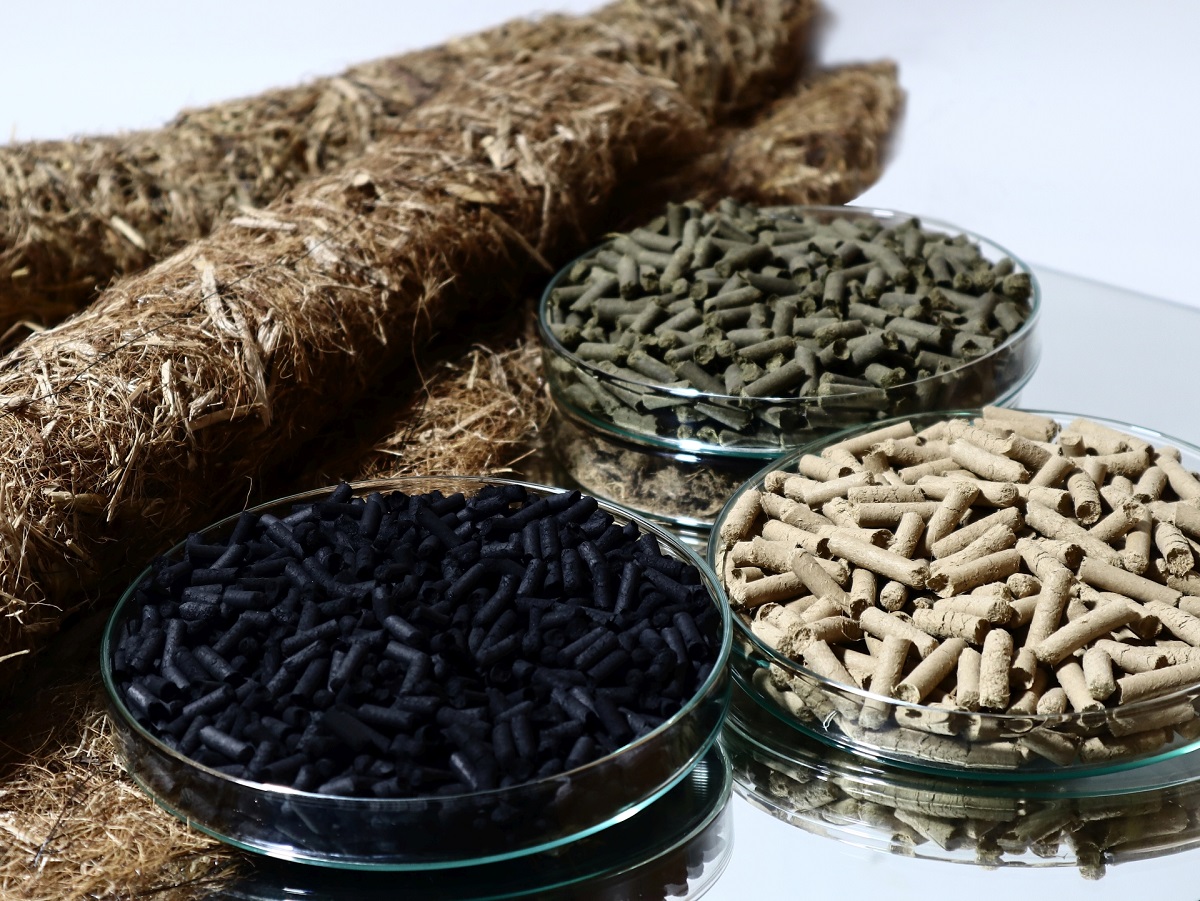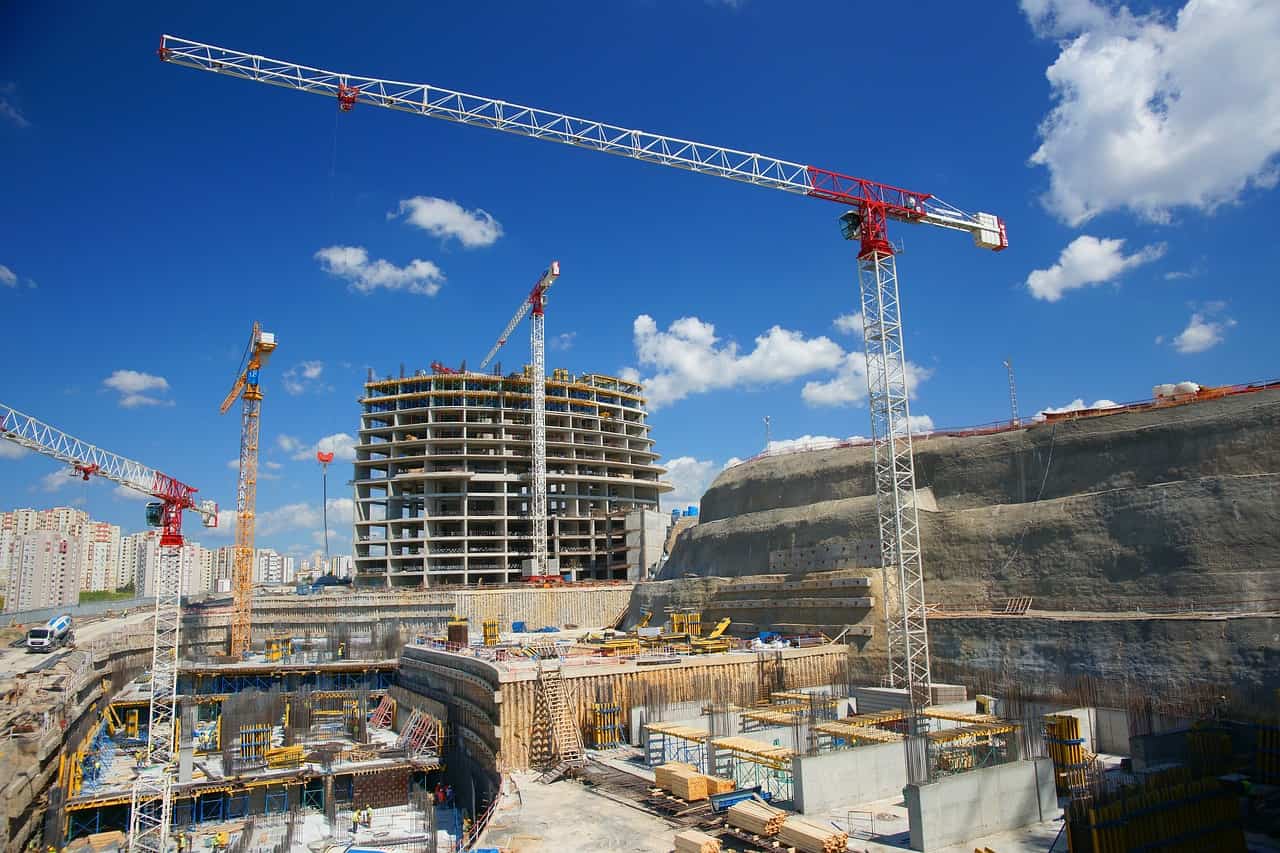
Agriculture produces a lot of waste, which is generally destroyed or disposed of in landfills. German and Vietnamese scientists have now found new uses for rice straw and sugarcane by-products. Among other things, it is used to produce erosion control mats to enrich nutrients and store water either in the soil or in the form of activated carbon.
Particularly promising are mats from rice straw and sugarcane residual substances, the researchers report. The team led by Dr. Volker Herdegen and doctoral student Katja Schaldach from the Institute for Thermal Process Engineering, Environmental and Natural Materials Process Engineering (ITUN) at the Technical Mining University Freiberg, Germany, has already tested this possibility extensively in an outdoor experiment on a newly constructed embankment in the Saxon city of Freiberg.
Agricultural by-products instead of coconut fibers
This erosion control using alternative materials is currently also being applied to areas in the Vietnamese province of Thanh Hoa. It has been shown that roots of plants sown on or under the mat form a network that stabilizes the soil in the long term following the desired decomposition of the mats. “The newly developed erosion-control mats made from rice and sugarcane plant fibers are very well suited to prevent surface erosion by rain and wind,” says Dr. Volker Herdegen.
These agricultural by-products could completely replace the coconut fibers that have been used up until now in mats, says Katja Schaldach. The advantage for the environment is clear: while a mat made of coconut fibers only decomposes after around three years, the environmentally friendly mats made of regionally produced agricultural by-products only need one to one and a half years. These findings open up the possibility for rice and sugarcane producers in developing and emerging countries to sensibly utilize previously unused biomass instead of destroying or storing these residues.
Further application possibilities
“Rice straw and sugarcane waste can also be used to produce soil improvers, as our BioMatUse research project shows,” explains Dr. Volker Herdegen. For this, the scientists pressed pellets from the shredded biomass which can store more than just water. They can also act as depot fertilizers as they are able to release nutrients originally contained in the residues or that were added to the soil over a longer period of time.
“If we further process the shredded biomass in the form of pellets and heat it in an inert atmosphere (pyrolysis), activated carbon can be produced,” says Katja Schaldach, who is working intensively on the new process sequence in her doctoral thesis. “In the laboratory, we were able to prove that these so-called adsorbents can remove pollutants from water and air.” According to the team’s estimates, the renewable raw materials for water purification in emerging countries and for the bio-economy in industrialized countries could in future represent an alternative to fossil raw materials used up to now.
Further optimizing processes
Erosion control mats are already being produced and tested in use under the climatic conditions in Vietnam. At the same time, the Freiberg process engineers are conducting laboratory research to develop applications for fertilizing and cleaning. They are currently investigating a new process sequence that offers the possibility of saving on additives and energy-intensive post-treatment steps.
“Specifically, we are testing how the biomasses can be pelletized directly after shredding, followed by the pyrolysis of the pellets, and what consequences this has for the effectiveness of these molded activated carbons,” says Katja Schaldach. According to Dr. Volker Herdegen, all three recycling methods are to be further optimized together with the Vietnamese scientists even after the official conclusion of the research project.
The researchers published their findings on the new recycling processes in the November issue of the journal “Chemie Ingenieur Technik.” Katja Schaldach, Hans-Werner Schröder, Volker Herdegen, Vinh Nang Do: “A Concept for an Integrated Process Scheme for By-Products from Rice and Sugarcane Processing.”








